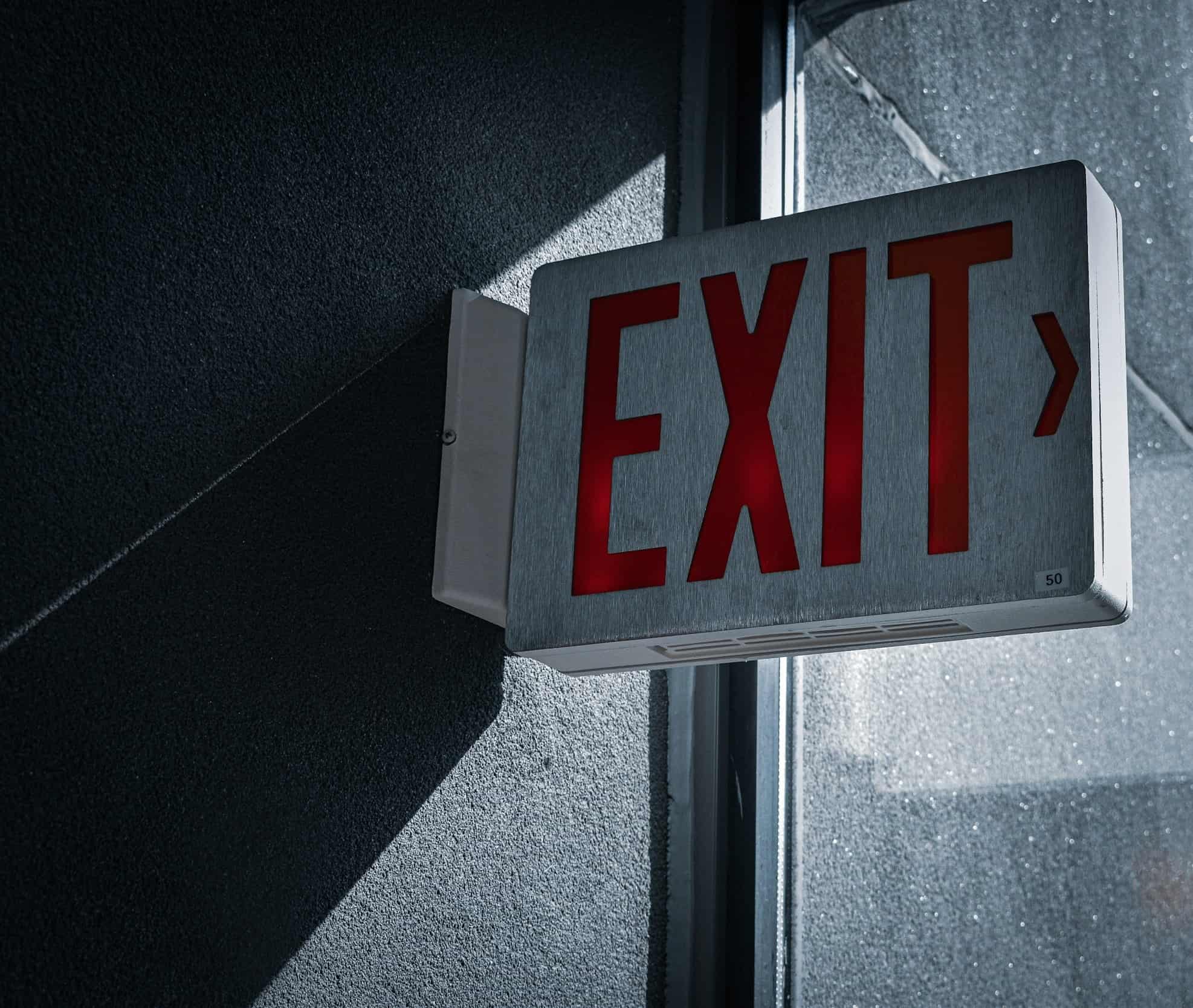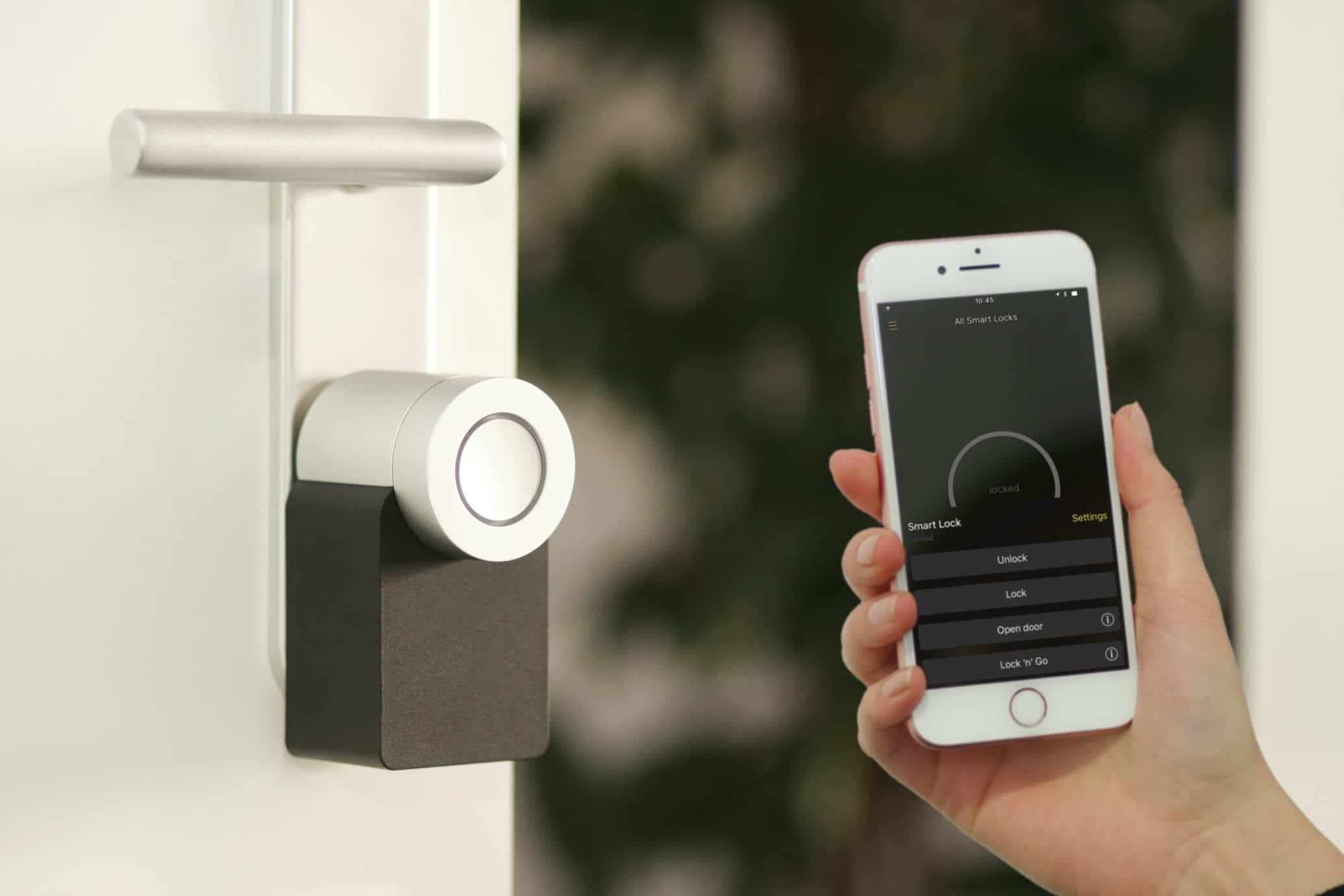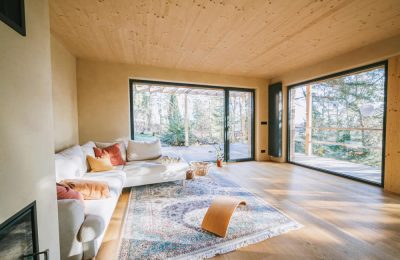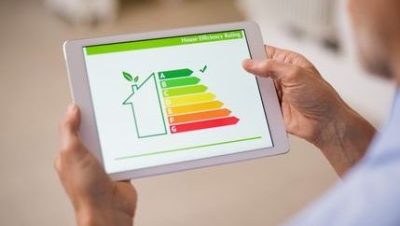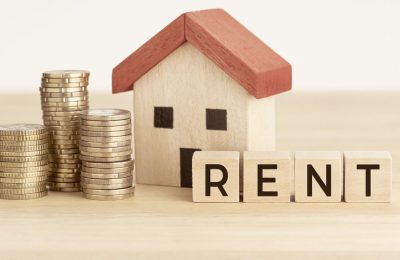Just about everybody who owns a rental property has weighed up the pros and cons of long-term versus short-term rentals. For many, the ease and consistency of having a single tenant all year round outweigh the complexities of short-term rentals, but it doesn’t have to be that complicated. While it’s true there are more things you need to take into consideration, with some smart planning at the beginning, you can transform your rental property into a more lucrative one, all without adding much more to your workload.
Safety and Compliance for Short-Term Rentals
The first thing you need to do to prepare is understand the local regulations. Every city tends to approach short-term leasing a little bit differently, and this may include obtaining permits or licences, registering with your local government, and paying applicable fees.
After legalities, prioritising guest safety is next on the agenda. Smoke detectors should be installed in all common spaces and sleeping areas, and first aid kits should be easily accessible in case of minor injuries or emergencies. Some jurisdictions require emergency exits that are clearly marked, too, as this can often be part of complying with fire safety standards.
Landlords of all kinds of rental properties should already have insurance, but this is another area to think about. If this is your first time renting out your property at all, you may find that standard homeowner’s insurance doesn’t cover incidents related to leasing your home to guests. Make sure to contact your insurance provider to confirm that your existing policy is suitable.
Source: Unsplash
Maintenance and Accessibility
Regular maintenance routines are part of keeping any property in good condition, and short-term rentals are no exception. Whether it’s plumbing, electrical systems, heating, cooling, or appliances, make sure that you have systems in place to keep them well maintained.
One way that short-term rentals differ from long-term ones is in terms of property access. Instead of handing over the keys and getting them back many months or years later, you will now have guests staying in your property for just days or weeks. If you had to meet every guest face to face, this could quickly take up a lot of your time.
Instead, consider installing keyless entry systems that simply require a passcode to gain entry. You can give the code to the guest shortly before check-in, and then change the code once they check out. A cheaper alternative that allows you to still use physical keys is to install a lockbox from Igloohome or a similar company. Guests still need to enter a code, but this is another way for them to check themselves in.
Source: Unsplash
Listing Your Property on Booking Sites
Once your property is ready to go, you now need to put it in front of potential guests. Thankfully, there are many booking sites that solve this problem. Opodo is a great example of this, as it’s one of the biggest companies for this type of property search. Creating a listing on their platform is a simple way for landlords to quickly get a lot of exposure to their property listing.
The listing itself should be both attractive and honest. The photos should be recent, high-quality, and showcase everything the property has to offer. Next, put yourself in the shoes of a potential guest and think about what’s most important to them. Use the description to highlight why your property is the best choice.
Finally, communicate well, as this sets the tone for a positive experience from start to finish. Be clear about house rules, check-in procedures, and amenities available at your property before arrival. This proactive step helps to manage expectations and reduces confusion or complaints down the line.
Transforming your property into a short-term rental hotspot is really just about thinking ahead. What could go wrong, and what will take up most of your time? Create solutions to each potential problem and update them as you receive feedback from guests. If you do things right, you’ll have a thriving short-term rental property that doesn’t dominate your time and energy.
